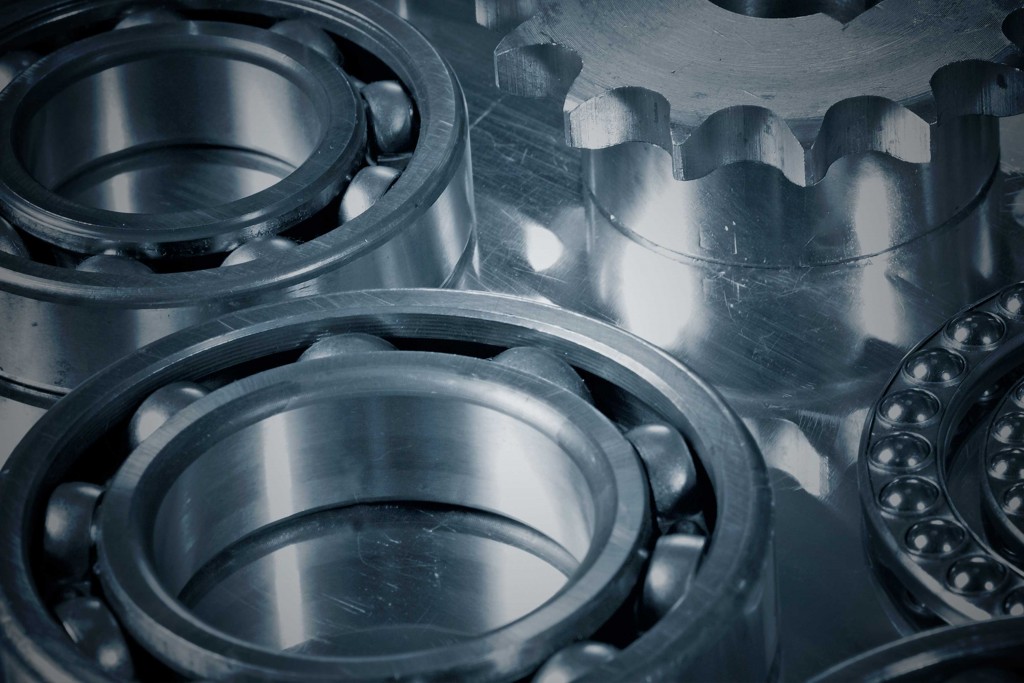Shanghai, China, September 20, 2016 – Sentient Science, a New York- based technology solution with the world’s largest installed base of digitalized wind turbines globally, will present a new global solution to Chinese bearing companies at the China International Bearing Industry Association Show in Shanghai on Wednesday, Sept. 21 from 9:30 a.m. to noon CST at the Shanghai World Expo Exhibition & Convention Center.Sentient Science will host three business and technology sessions for executives which will detail how Sentient’s DigitalCloneLive® software application can answer:
- Are Chinese-made bearings equal to Western bearings?
- If equal, can bearing companies rapidly grow globally with a new business model?
Bearing customers can now compare bearings using material science to make decisions on bearing vendors, reducing their cost of sale for global expansion. Sentient is new. It has been recently honored in the United States by the White House, NASA and Bloomberg Energy. The cloud-based application is an always on computational testing and asset management software designed to help extend the life of mechanical bearings and systems. Sentient’s DigitalClone® Technology uses materials science to know when a bearing will fail with forward visibility for up to 30 years without physical testing.
“For 100 years, there has been a stigma associated with Chinese bearings that they are of lesser quality than Western bearings, or even worse, counterfeit,” said Ward Thomas, CEO & President of Sentient Science. “Sentient, a trusted 3rd party of the equipment operator, is seeking the truth. It’s time for Chinese bearing suppliers to prove that the critics are either right or wrong. The winners will be the bearing suppliers who partner with us to provide life extension for wind turbines. Together, we will then have the chance to help re-engineer a 100-year old bearing business model into one that’s as innovative as Uber, Didi Chuxing and Baidu.”
Sentient’s DigitalClone® Live software looks at bearing quality directly related to bearing life and failure rates. By calculating bearing life and replacements required to keep wind assets running, Sentient can forecast bearing demand across the wind industry for the next 10 years. On average, one wind turbine uses 21 bearings to make it operate, which will all need to be replaced over the next 10-20 years at prices of $50-$150,000 per turbine depending on the quality.
“There is a big opportunity for Chinese bearing companies to step up and compete with Western bearing offerings,” said Thomas. “We’re seeking innovative bearing partners to offer their products in a new business model and value proposition using digitalization. Operators will be able to compare bearing life using material science to make purchasing decisions, reducing their cost of energy.”
Sentient’s DigitalClone Live® “Content Factory” is a cloud-based bearing performance simulation software (provided as a SaaS), which is designed to allow bearing OEMs improve the testing of new products and provide life extension options for existing components in the field. Bearing suppliers are able to digitalize their product offerings to understand where and when their products are needed in the market. Bearing suppliers looking to upgrade or redesign their offerings can use “Content Factory” to simulate unlimited trade off and sensitivity studies, which ensures product optimization, and to negotiate better terms and conditions with their customers.
For more information or to meet the team in Shanghai, visit http://info.sentientscience.com/shanghai. To join the presentation, email contact@sentientscience.com. The presentation will be held during the China International Bearing Industry Association Expo at the Shanghai World Expo Exhibition & Convention Center in Shanghai, China.
###
ABOUT SENTIENT SCIENCE
Sentient Science is a trusted third party headquartered in the Advanced Manufacturing District in Buffalo, N.Y. Sentient Science’s main objective is to help wind energy operators achieve a reduction of $10/MWh in their levelized cost of energy through a number of initiatives. Sentient Science’s DigitalClone Live Software as a Service, builds a material science-based DigitalClone model of each asset and predicts the life of each individual asset, its major systems and individual components. The forward visibility of knowing which assets will fail over 20+ years, when and where, enables the operator to build multiyear budgets and up-tower and down-tower component replacement forecasts, and other life extension actions. We work with the risk managers on warranty and insurance negotiations, new wind farm development and other business strategies. As a champion of the operator, we work with the wind turbine original equipment manufacturers and suppliers to computationally test their products, simulate trade off and sensitivity studies and make life extension recommendations to ensure optimal performance. Sentient’s Buy on Life business model provides the operator with the component life prediction of the supplier offerings, facilitates better terms and condition agreements and enables supply chain automation.
Sentient Science began in 2001 as an R&D initiative backed by the U.S. Department of Defense as part of the Materials Genome Initiative to lower the cost of servicing equipment. The world’s largest operators the DOD and the U.S. Department of Energy invested more than $25 million in the DigitalClone software over a 10-year period, including work on the Apache, Blackhawk Helicopter, V22 Osprey and NASA’s Hubble Space Telescope. The technology was validated by NASA in 2010 and commercially launched in the wind energy market in 2014, when the company was honored by the White House with the Tibbetts Award. In the last 24 months, Sentient Science now has 20,000 assets under contract and was honored for its commercial growth and momentum by Bloomberg New Energy Finance with the 2016 Pioneer’s Award. Sentient received its first round of investment funding from TOBA Capital in 2015, which is helping the company’s global expansion and plans to be monitoring 50,000 rotating assets by 2017 and 1 million assets beyond energy by 2020.
